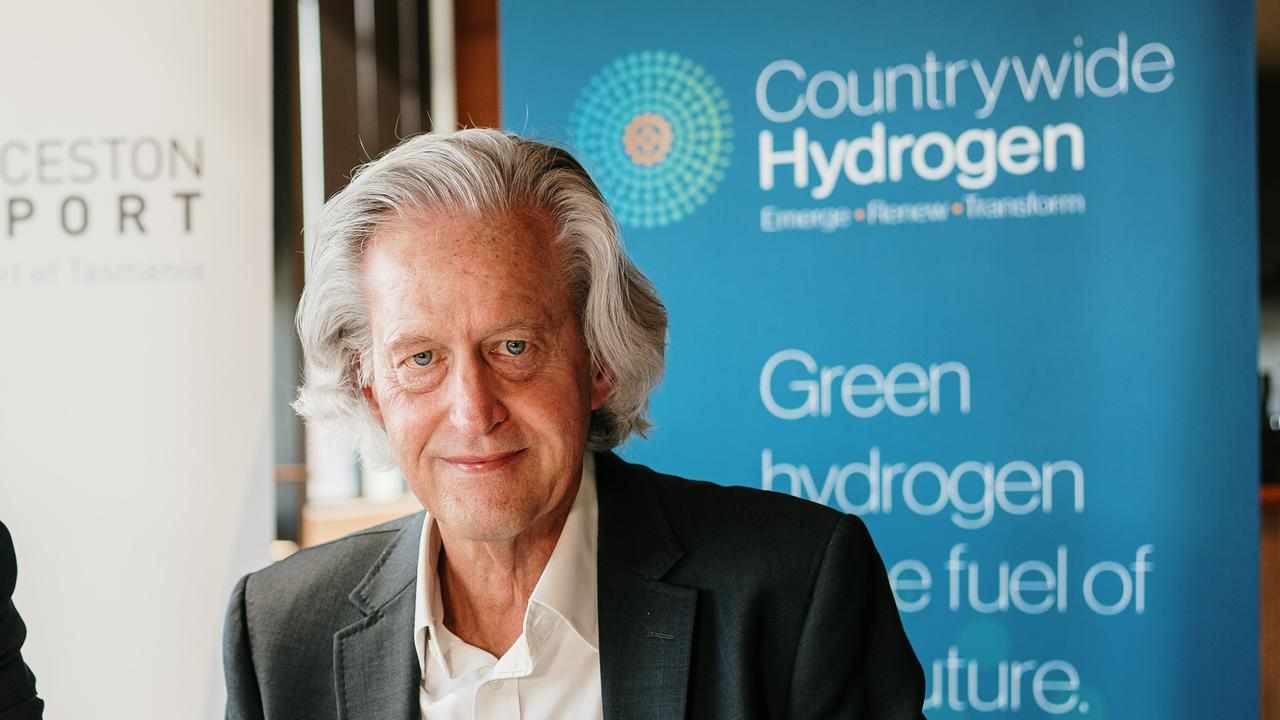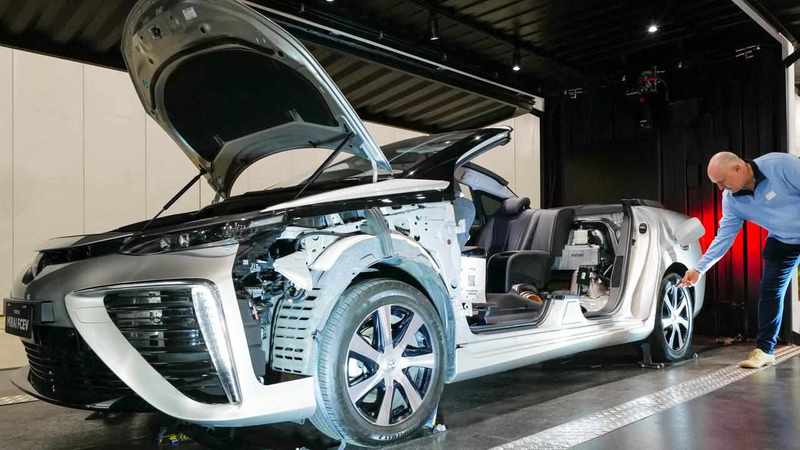Future drivers and industries could use certified green hydrogen at a pump price the same or less than diesel after production subsidies kick in, a renewable hydrogen developer says.
The new tax break in the 2024/25 federal budget was a "massive incentive" for companies and governments to embrace zero-emission hydrogen as a replacement fuel for diesel, according to the founder of Countrywide Hydrogen Geoff Drucker.
Almost $7 billion over a decade has been allocated for the production tax credit of $2 per kilogram, starting from 2027/28.
The federal budget also fast-tracked a proof of origin scheme that will force producers to show whether the hydrogen supply is green - using electrolysers and renewable energy for production - and not made from gas.
“The Hydrogen Production Tax Incentive will help deliver certified green hydrogen at a price equivalent to or probably less than diesel," Mr Drucker, executive director at ASX-listed ReNu Energy, said.

With projects near Hobart and at Launceston, and a third being considered at Burnie, the projects could create a hydrogen refuelling network across Tasmania for road transport.
But critical for the success of these projects is the delivered cost of hydrogen, because it will compete with traditional fossil fuels.
Professor Tim Harcourt, chief economist at the UTS Institute for Public Policy and Governance, said the investment in green hydrogen "could really impact Australia’s future as an energy exporter as well as meeting our energy needs at home."
Australian Hydrogen Council head Dr Fiona Simon said the support would also spark new high-value exports in green steel, green iron and green ammonia.
The $2 billion extension of the Hydrogen Headstart program was critical for early mover hydrogen projects and the $6.7 billion Hydrogen Production Tax Incentive would support others reach financial investment decisions, she said.
Queensland-based Sunshine Hydro chairman Michael Myer said the value of the production incentive for Australia's entire clean hydrogen industry was "enormous" - for the domestic and export markets.
"For example, our Djandori and Dumaresq Superhybrids will be producing close to 100,000 kgs per day of green hydrogen by 2030," he said.
According to Fortescue's executive chairman Andrew Forrest, the tax break could "trigger full employment and decades of income growth for Australian workers".
"It will also lower the cost of energy for every single Australian by making green hydrogen competitive with fossil fuels, spurring massive renewable energy projects in sparsely populated regions where employment is needed most," Dr Forrest said.
"Fortescue believes that commercial production of green iron in Australia is now possible and must be pursued," he said.









